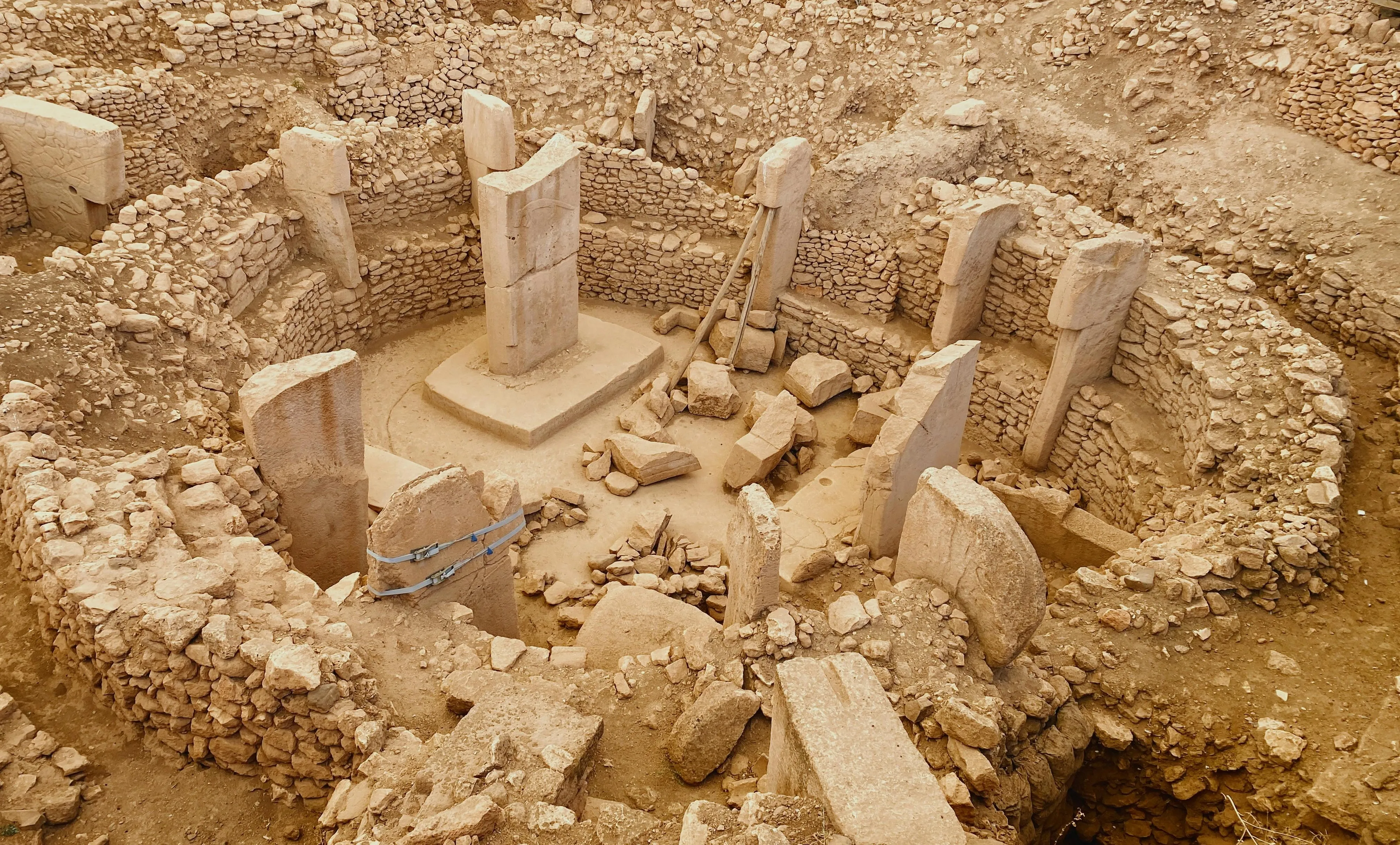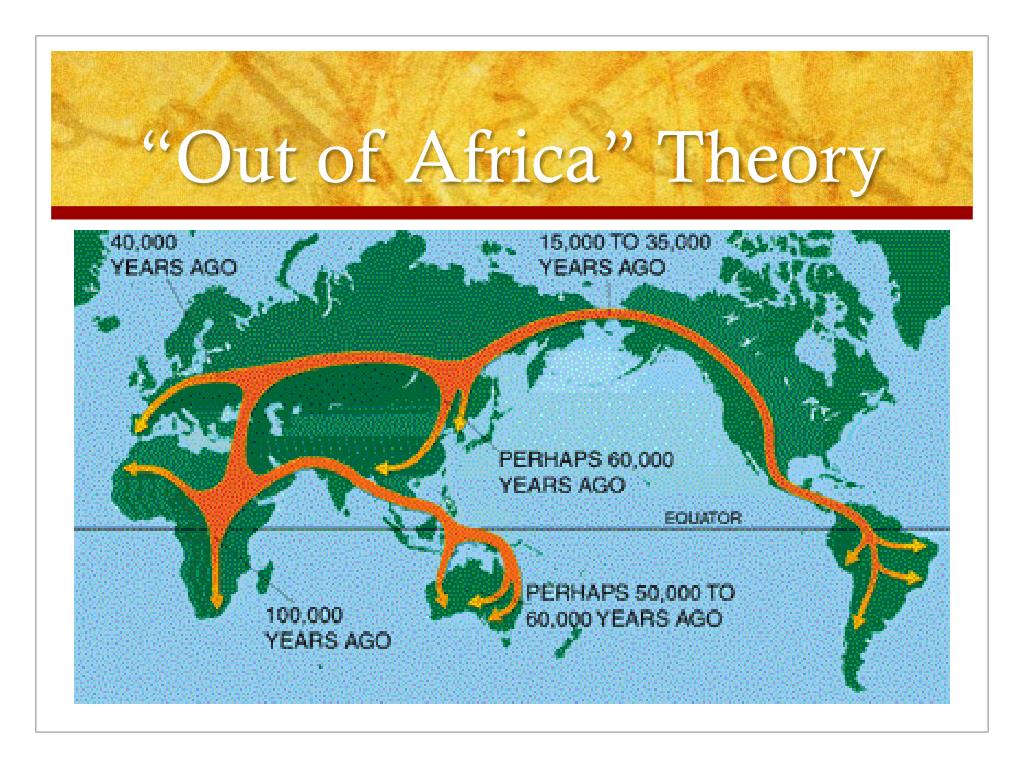Unraveling Chess's 1500-Year Journey

The Birthplace of Chess: Ancient India The game of chess, renowned for its strategic depth and complexity, has its roots deeply embedded in the rich cultural heritage of ancient India. The journey of chess spans over 1500 years, with its evolution from a simple war game to a global phenomenon. Origins in Northern India Chess originated in northern India in the 6th century AD, during the Gupta Empire. This era, often referred to as the "Golden Age of India," was marked by significant cultural, scientific, and artistic advancements. Chaturanga: The Precursor to Chess The game evolved from Chaturanga, a war game mentioned in the Indian epic Mahabharata. Chaturanga, which translates to "having four arms" or "four divisions," was played on an 8x8 square board with pieces representing the four branches of the Indian military: Infantry (modern-day pawns) Cavalry (knights) Elephants (bishops) Chariots (rooks) Spread Throughout India By the 7th century, Chaturanga had spread throughout India, becoming a popular game among the nobility and intellectuals. The game's strategic nature resonated with the Indian tradition of emphasizing knowledge and intellectual pursuits. Influence of Indian Philosophy The principles of Chaturanga reflect the influence of Indian philosophical concepts, such as: The cyclical nature of life and death, as represented by the game's repetitive structure The interplay between fate and free will, echoed in the balance between chance and strategy A Global Legacy From India, chess spread to Persia, then to the Arab world, and eventually to Europe through the Silk Road trade routes and Islamic conquests. Today, chess is played by millions worldwide, with international tournaments and grandmasters. The ancient Indian roots of chess serve as a testament to the country's enduring contribution to the world's cultural and intellectual heritage.
The Silk Road to Persia and Beyond
The ancient game of chess traversed the Silk Road, leaving an indelible mark on the cultures it touched. Its journey began in India, but it was in Persia (modern-day Iran) that chess truly flourished, becoming an integral part of the region's rich cultural heritage.
Persian Adoption and Islamic Golden Age
As chess spread through the Silk Road, a network of ancient trade routes connecting India to the Mediterranean, it was enthusiastically adopted by the Persians. The game's strategic depth resonated with the region's love for intellectual pursuits. During the Islamic Golden Age (8th-13th centuries), chess became a staple of courtly life, enjoyed by nobility and scholars alike.
Muslim traders, travelers, and scholars carried chess to the farthest corners of the Islamic world, from Spain to North Africa and the Middle East. This widespread dissemination helped establish chess as a universal language, bridging cultural divides and fostering a shared passion among people from diverse backgrounds.
Southern Europe and the Moorish Conquest
By the 8th century, chess had reached Southern Europe through the Moorish conquest of Spain. The Moors, Muslim people from North Africa, introduced chess to the Iberian Peninsula, where it quickly gained popularity among the nobility. The game underwent significant changes as it adapted to European culture, incorporating new pieces and strategies.
The Moorish influence on chess was profound, with many Arabic terms still used in modern chess. Words like "check" (from "shah," meaning "king") and "checkmate" (from "shah mat," meaning "the king is dead") reflect the game's rich Islamic heritage.
A Global Phenomenon by the 10th Century
Within a few centuries, chess had spread from Asia to the Middle East and Europe, becoming a global phenomenon. By the 10th century, chess was an integral part of courtly life in Europe, with nobles and commoners alike enthralled by its strategic complexities.
This extensive reach was a testament to chess's timeless appeal, transcending cultural and geographical boundaries. As the game continued to evolve, its ancient roots remained firmly planted, a reminder of the enduring power of human ingenuity and creativity.
Evolution and Standardization The 19th century marked a pivotal turning point in chess's 1500-year journey, as the game underwent significant standardization. This transformative period laid the groundwork for chess to become the strategic and competitive sport we know today. Modern Rules and Regulations In 1883, the modern rules of chess were officially established, standardizing the game across different regions and cultures. The London Chess Congress played a crucial role in codifying these rules, which included regulations governing moves, captures, check, and checkmate. This standardization enabled players from diverse backgrounds to compete on an equal footing. The Birth of the World Chess Championship The standardization of chess paved the way for the inaugural World Chess Championship in 1886, with Wilhelm Steinitz and Johannes Zukertort competing in the first official match. This landmark event solidified chess's status as a recognized sport, attracting international attention and fostering a sense of community among players. Continuous Evolution and Innovation Despite standardization, chess continued to evolve, driven by innovative strategies and openings. The Italian Game, Ruy Lopez, and Sicilian Defense became cornerstones of modern chess, as players sought to outmaneuver each other. The development of chess theory and analysis enabled players to refine their techniques, pushing the boundaries of strategic excellence. Impact on Competitive Chess Standardization and evolution have had a profound impact on competitive chess. The World Chess Championship has become a premier international event, with players from around the globe vying for the title. The introduction of rating systems, such as the Elo rating system, has enabled objective evaluation of player skill. Tournaments and grandmaster titles have further elevated the sport's prestige. Legacy of Standardization The standardization of chess has left an indelible mark on the game. As chess continues to captivate audiences worldwide, its rich history and evolving nature ensure that the ancient roots of strategy will remain a dynamic and enduring part of human culture.
A Timeless Legacy
Today, chess remains one of the world's most popular games, with millions of players globally. Its impact on strategy, problem-solving, and critical thinking is undeniable. The game's rich history and cultural significance continue to fascinate and inspire new generations.
A Brief History of Chess
Chess originated in ancient India over 1500 years ago, with its early forms known as chaturanga. This game of strategy and skill spread rapidly across the ancient world, evolving into various forms such as shatranj in Persia and xiangqi in China.
As civilizations rose and fell, chess adapted, absorbing influences from diverse cultures. The modern version emerged in Europe during the 15th century, with the standardization of rules and pieces.
Enduring Impact on Strategy and Critical Thinking
Chess has long been recognized for its cognitive benefits, enhancing problem-solving, analysis, and decision-making skills. Players develop critical thinking, anticipating multiple moves ahead and weighing risks versus rewards.
These skills transcend the game itself, influencing fields such as:
- Military strategy, with famous generals like Napoleon and Patton citing chess as an inspiration
- Business, where executives apply chess-like thinking to outmaneuver competitors
- Science, with researchers using chess-like problem-solving to tackle complex challenges
Cultural Significance and Lasting Appeal
Chess has captivated artists, writers, and thinkers throughout history. From iconic paintings like Picasso's "Chess Player" to literary works like Nabokov's "The Defense," chess continues to inspire creativity.
Its timeless appeal lies in its simplicity and complexity, making it accessible to players of all ages and backgrounds.
As we continue to unravel the ancient roots of strategy, chess remains an enduring symbol of human ingenuity and intellectual curiosity.

















Comments ()